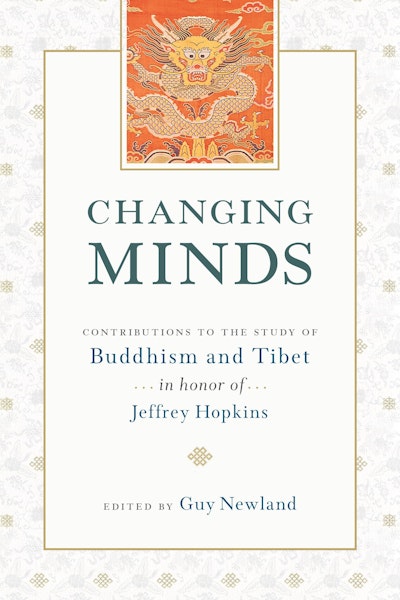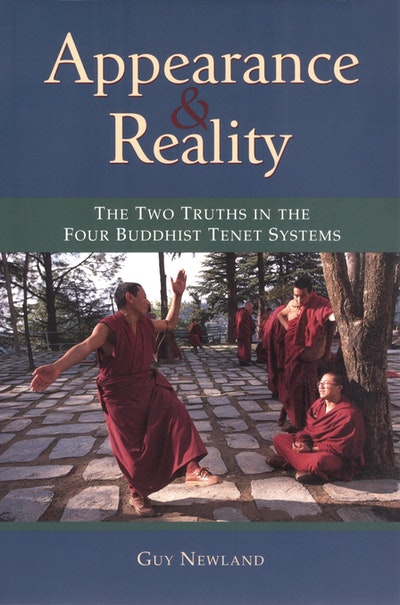[]
- Published: 15 February 2013
- ISBN: 9781559393324
- Imprint: Snow Lion
- Format: Paperback
- Pages: 144
- RRP: $45.00
Introduction to Emptiness
As Taught in Tsong-kha-pa's Great Treatise on the Stages of the Path
Buy from…
- Published: 15 February 2013
- ISBN: 9781559393324
- Imprint: Snow Lion
- Format: Paperback
- Pages: 144
- RRP: $45.00



